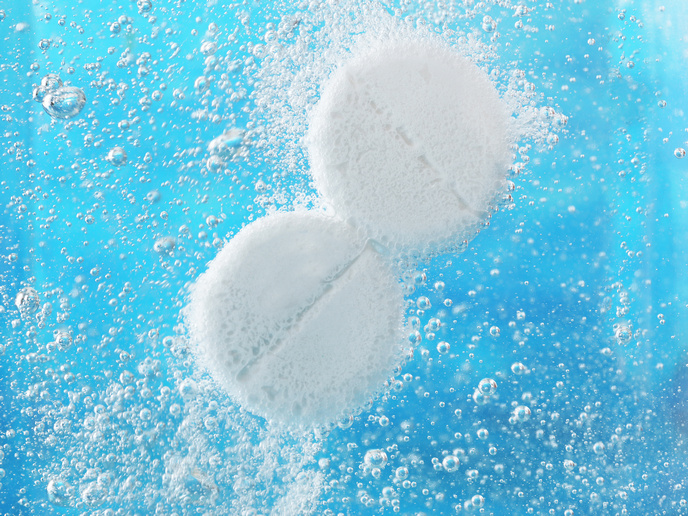Nature gives technology a hand to enhance water treatment processes
The EU-funded AquaNES(opens in new window) project conducted demonstrations of innovative water and wastewater treatment processes and management based on improved combined natural and engineered systems (cNES). “The natural component can consist of soil aquifer treatment coupled to managed aquifer recharge (MAR), constructed wetlands (CW), or bank filtration (BF),” says project coordinator Thomas Wintgens. Typical applications of cNES involve the use of BF in drinking water production from surface waters, MAR to augment groundwater resources, and CW to treat wastewater and add buffering capacities in drainage systems. “Such combinations can complement one another by reducing the level of organic matter that is detrimental in membrane post-treatment or degrade or adsorb transformation products generated in advanced oxidation steps,” explains Wintgens.
Tested under different conditions
Project partners focused on 13 demonstration sites across Europe, India and Israel, covering different combined natural and engineered water treatment systems across a representative range of regional, climatic, and hydro-geological conditions that respond to issues such as water scarcity, excess water in cities, and micropollutants in the water cycle. These are located in densely populated areas with semi-closed water cycles as well as in more rural areas and regions with seasonal populations due to tourism. These were operated and monitored for 12 to 14 months. All the AquaNES demonstration activities enhanced the likelihood of full-scale implementation of cNES and promoted it as part of a holistic approach. Project partners also developed guidelines to ensure that the full value of combined treatment systems is taken into account, including a water quality assessment framework to identify relevant water quality parameters. This also comprises a web-based quantitative microbial risk assessment tool to help utilities and authorities better understand treatment performance and related health risks.
Multiple benefits
From its demonstration activities, the project consortium adapted design guidelines for CW-based systems, in water reuse schemes or set-ups for micropollutant removal. They also developed procedures for analysing the ecosystem services provided by cNES and demonstrated that natural treatment systems such as CW or retention soil filters can act as low-energy alternatives to purely technical systems. The project revealed how bank filtration schemes can be operated with around 20–50 % less pumping energy when using siphon wells - and how to design such system. Most of the output was integrated into the AquaNES decision support system's planning procedure. This helped assist potential users like local authorities and funding agencies to evaluate the feasibility of cNES. Global warming and melting ice caps coupled with unpredictable weather have highlighted the need to transition to sustainable eco-friendlier lifestyles, an endeavour in which AquaNES solutions could play a key role. “The project will enable cNES to compete with more traditional solutions, while helping both the environment and by reconnecting citizens to nature and providing space for recreation,” Wintgens concludes.







